Mozambique: Murder victim in Matola was senior police officer - AIM report
Mozambique: In the ruins of PIDE’s terror, shoemaker Celestino is the only one bringing life to the ‘Vila Algarve’ building in Maputo- photos
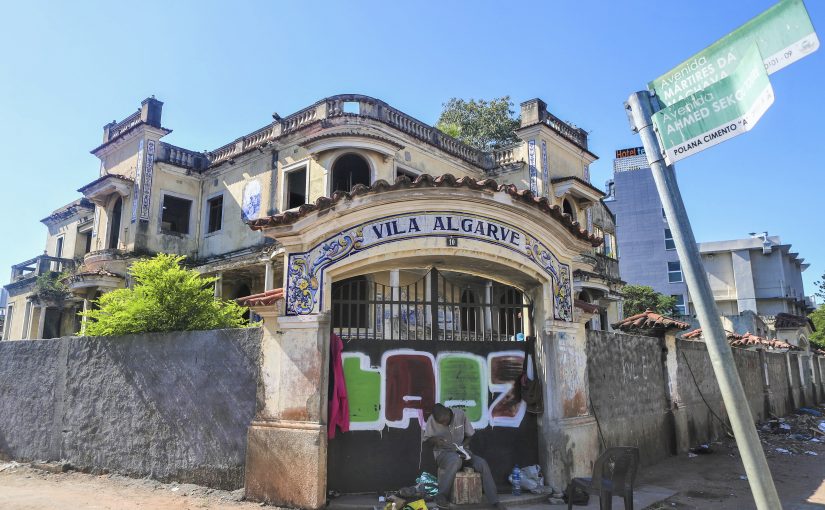
Photo: Luisa Nhantumbo/Lusa
Celestino, a shoemaker, found a place to work in the shadow of the entrance to Vila Algarve, Maputo, oblivious to the horror stories of the ruins of the old PIDE prison, which 50 years of independence have failed to give new life to.
“For a person who came here, it was the end,” Celestino explained to Lusa while he fixes shoes in the shadow of the gate, locked with a key, among tiles that are almost 100 years old, graffitied, still with the mark of the number 10, at the intersection of Mártires de Machava and Ahmed Sekou Touré avenues.
In the house built in 1934 in the heart of Maputo, extended in 1950 and now classified as a Real Estate Asset of Architectural Interest, all the other entrances are boarded up and protect the interior from occupation by homeless people, as has happened in previous years.
“I only hear people say that this was a prison, a real prison. […] That this was the last prison. When someone arrived here even the family would cry, ‘We don’t know if our son will get out or not’,” says Celestino Gabriel Mondlane, 37 years of age.
After losing his job, the entrance to Vila Algarve has been his workplace and business for the past six months, with patched shoes scattered along the sidewalk and entrance, waiting for customers.
“When I go into houses, the owners have said ‘we don’t want shoemakers here’. But in Vila Algarve it’s a ruin, I can be here and no one can take me away. They can take me away, yes, it’s not my place, but I think it will last,” he says, adding that with the five to six customers who come to him there every day he can at least eat.
“It’s enough to feed, to keep the house, to keep from starving,” he says.
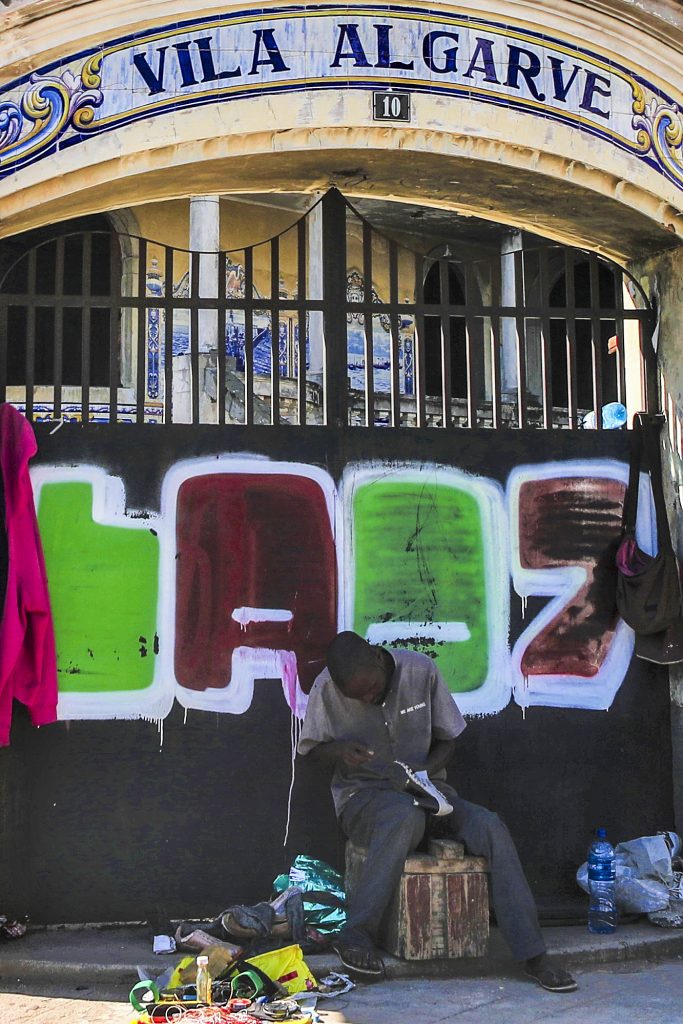
Today little more than the walls, ceilings and roofs remain of the imposing house in the centre of Maputo, decorated with extensive mosaics with naturalist motifs, but also dark stories from the colonial period, when the International and State Defence Police (PIDE) confiscated it and began using it as a torture site for fighters for Mozambican independence.
Stories like those portrayed by the Mozambican poet José Craveirinha (1922-2003) in his poems “Não sei se é uma Medalha” (I don’t know if it’s a medal) from 1967, and in the two versions of “Vila Algarve” from 1988 and 1998, about the period in which he was detained there, undergoing interrogation by the PIDE.
On June 25, 1975, Mozambique proclaimed its independence, but in the following years, Vila Algarve was abandoned, degraded and haunted by the ‘ghosts’ of what happened there. Even the Mozambican Bar Association tried, unsuccessfully, in 2008 to make the space its headquarters.
Now a State Heritage Site, installing the Museum of the Liberation Struggle there was considered in 2011, but like all other projects, it did not move forward. Even Joaquim Chissano, President of Mozambique from 1986 to 2005, tried, when he was Minister of Foreign Affairs, the first in the government of the new country, to place the ministry there.
“I tried to use Vila Algarve. I was not well understood. And then other entities came along who wanted to use Vila Algarve, and the intention was to preserve the place. In my time, it was to make it an environment of peace, of solidarity, or the ministry itself. Since we did not have suitable housing at the time, it was a way of preserving it,” the former President of the Republic recalled in statements to Lusa.
“And I always wanted the fighters of the National Liberation Struggle to be there, as their headquarters. We were unable to do so, due to various interpretations. I hope that there is someone who can truly restore and preserve this historical piece. It is a very important historical piece,” says Joaquim Chissano, now 85 years old, in statements to Lusa.
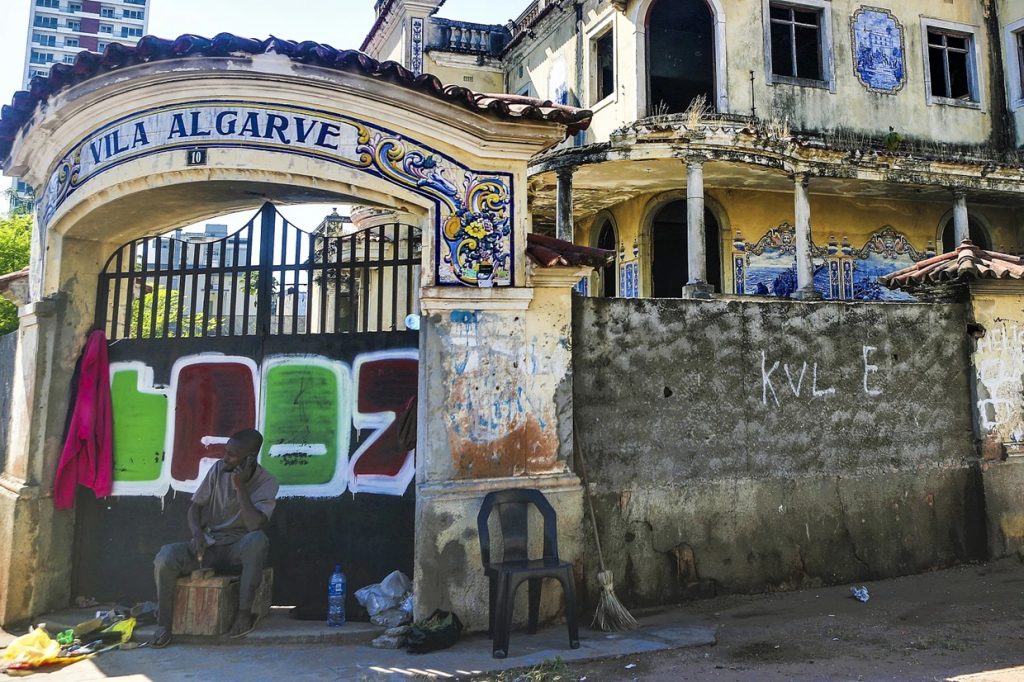
Ghosts of the past that continue to linger in Vila Algarve, whose abandonment historian Marlino Mubai, a professor at Eduardo Mondlane University (UEM), does not understand.
“It is closely linked to the history of Mozambique from the point of view of the fight against colonial domination, fascist in particular,” says the historian, acknowledging that being a listed building “encourages” him to believe in its future preservation, despite successive failed projects and intentions.
“It effectively represents a space closely linked to the process of building the Mozambican State and the fight against Portuguese colonial domination,” he says.
The Mozambican government, namely the Ministries of Culture and Ministry of Combatants, was unavailable for comment on the situation, but Marlino Mubai admits that the lack of funds for the cultural sector may condition the new life of the space
“In my experience, the area of museums, monuments and history has not received the necessary funds or sponsorship. And that space may be a victim of this neglect, which we have from the point of view of preserving our memory,” he explains.
Even so, as a place that “unites” Mozambique and Portugal, Mubai argues that it might be easier if the two countries joined forces, as has been admitted in the past. “They could rehabilitate that space that effectively recalls a very difficult past for both peoples, but from then on, new alliances of brotherhood were forged between the peoples that today continue to fuel Mozambican and Portuguese diplomacy,” he posits.
Speaking to Lusa, the mayor of Maputo, Razaque Manhique, acknowledges the problem and the “much thought” involved in Vila Algarve which, he points out, should “result in one [thought],” in order to preserve the structure.
“We know that it is a historical heritage site, and any work carried out there should aim to preserve what is already there. Naturally, when there is a change, one or another property may change, or may be lost, but the important thing is that we observe all these aspects so that the brand prevails there,” he explains.
However, despite its state of ruin, the president of the Maputo Municipal Council prefers not to predict a future for the property.
“If I say here what can be done well there, I may be influencing. I want to be abstract, so that all the thinking that revolves around that building can be considered,” Manhique concludes.
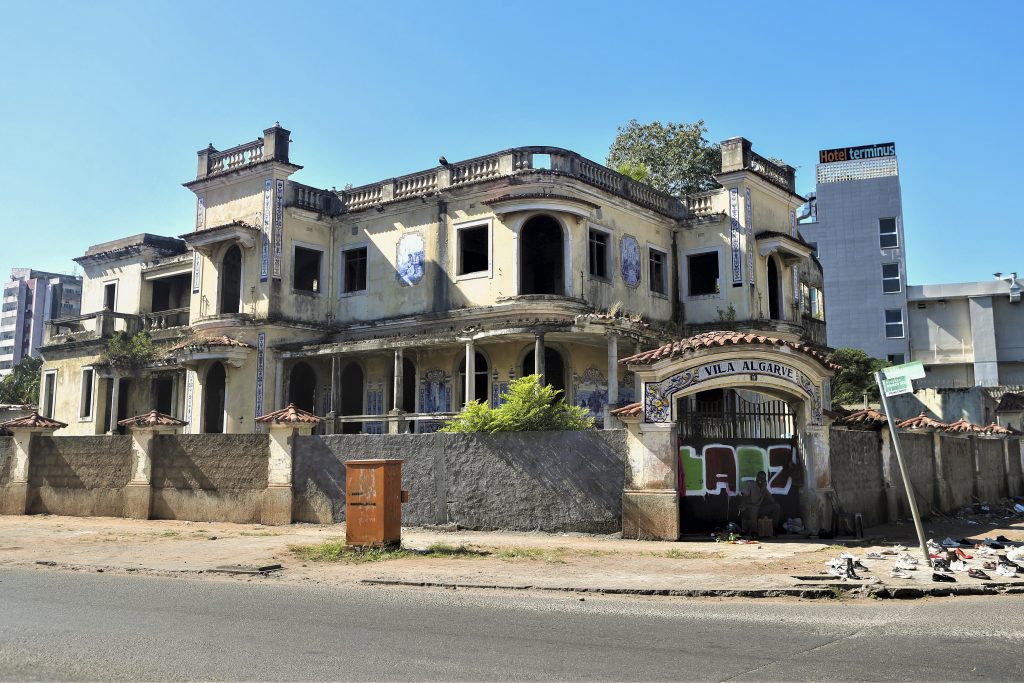





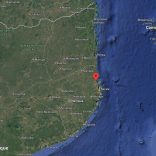







Leave a Reply
Be the First to Comment!
You must be logged in to post a comment.
You must be logged in to post a comment.